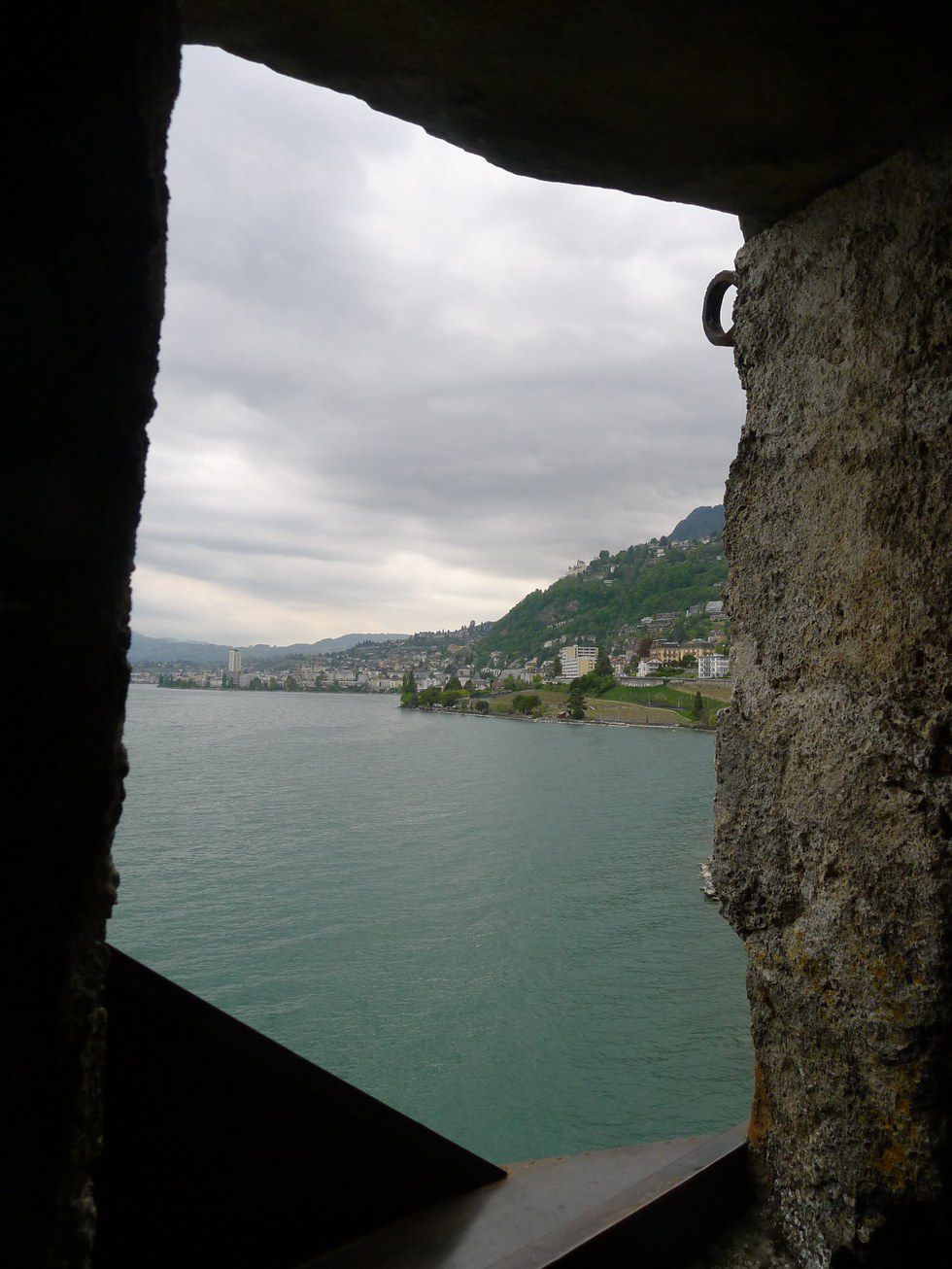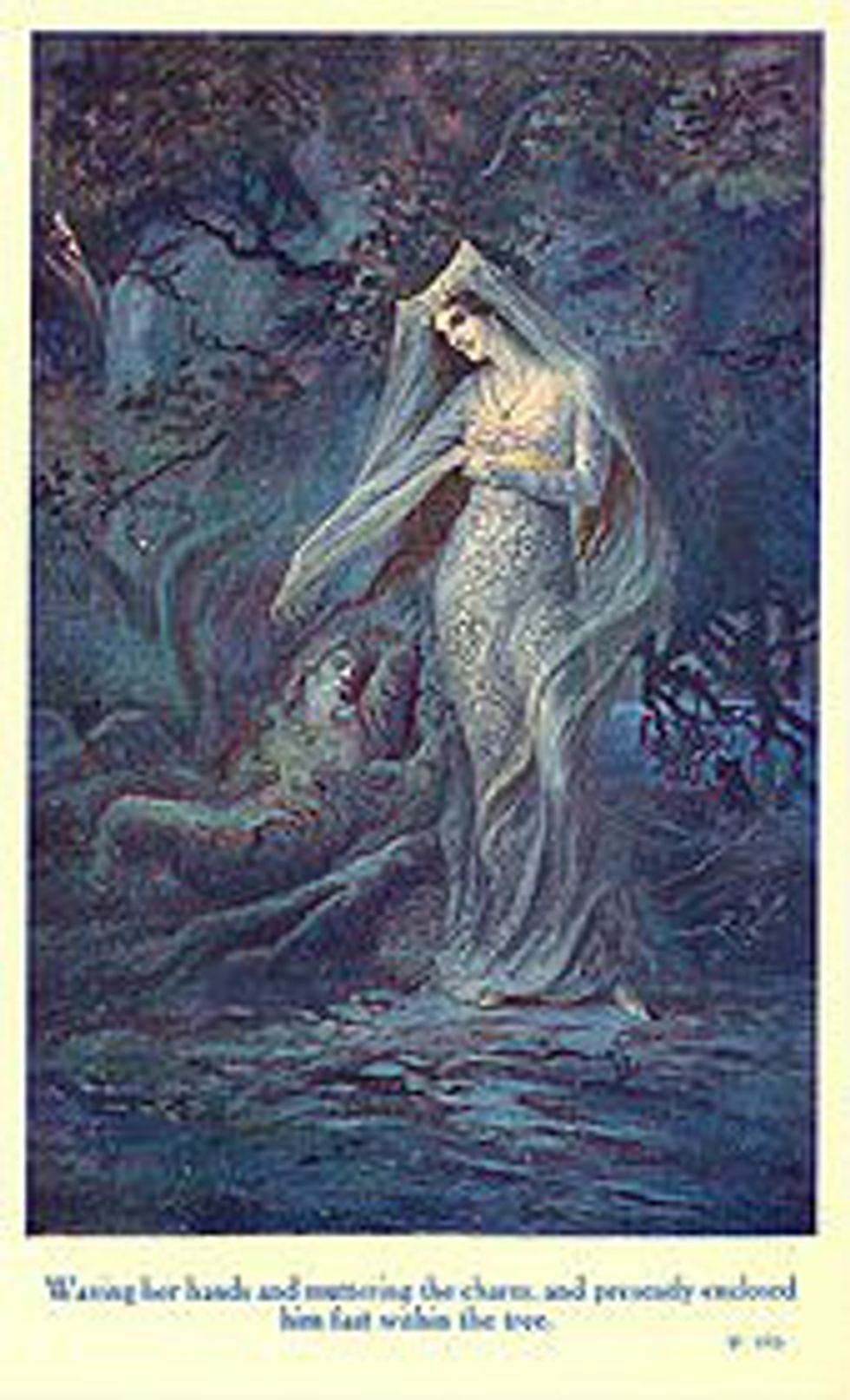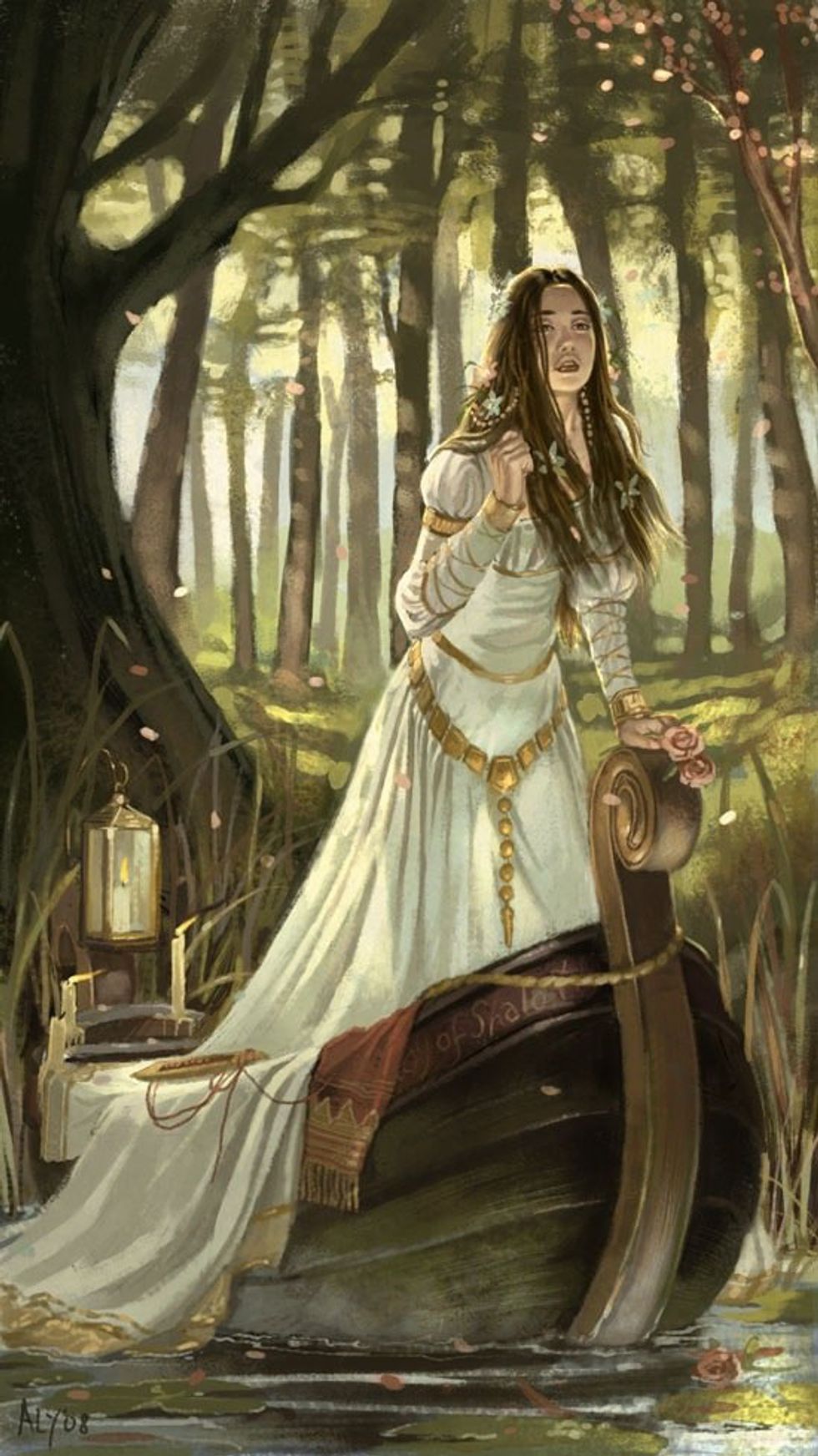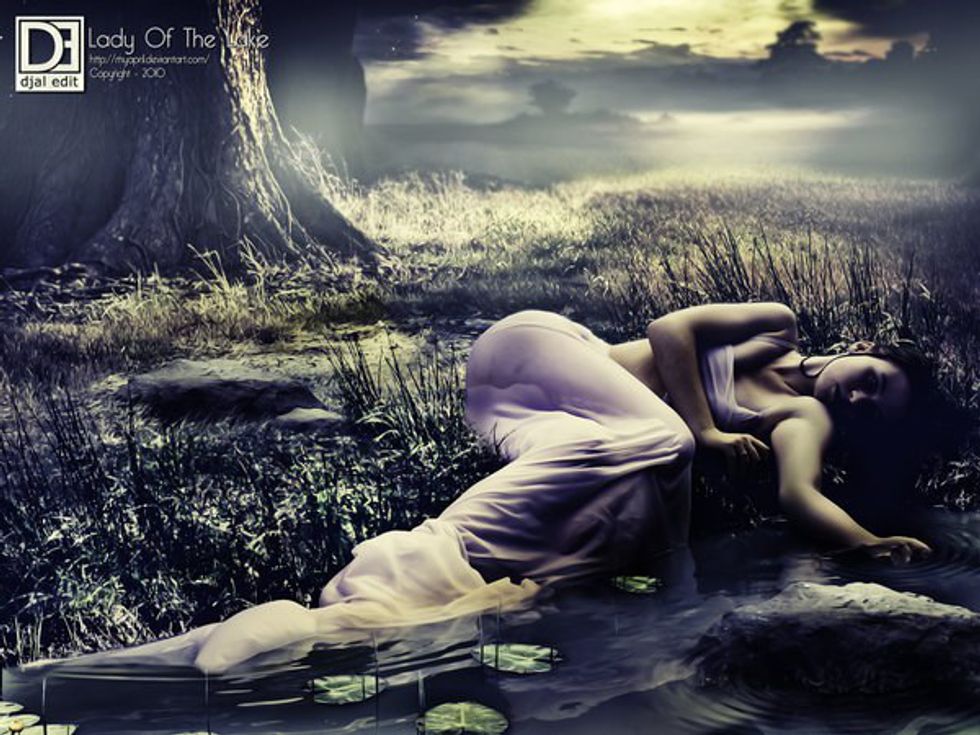In my Intermediate Creative Writing class this semester, we have been writing a lot of poetry. I love learning new ways and forms of poetry. One form of poetry that I don't use enough is the villanelle form.
The highly structured villanelle is a nineteen-line poem with two repeating rhymes and two refrains. The form is made up of five tercets followed by a quatrain. The first and third lines of the opening tercet are repeated alternately in the last lines of the succeeding stanzas; then in the final stanza, the refrain serves as the poem’s two concluding lines. Using capitals for the refrains and lowercase letters for the rhymes, the form could be expressed as: A1 b A2 / a b A1 / a b A2 / a b A1 / a b A2 / a b A1 A2.
Strange as it may seem for a poem with such a rigid rhyme scheme, the villanelle did not start off as a fixed form. During the Renaissance, the villanella and villancico (from the Italianvillano, or peasant) were Italian and Spanish dance-songs. French poets who called their poems “villanelle” did not follow any specific schemes, rhymes, or refrains. Rather, the title implied that, like the Italian and Spanish dance-songs, their poems spoke of simple, often pastoral or rustic themes.
While some scholars believe that the form as we know it today has been in existence since the sixteenth century, others argue that only one Renaissance poem was ever written in that manner—Jean Passerat’s “Villanelle," or“J’ay perdu ma tourterelle”—and that it wasn’t until the late nineteenth century that the villanelle was defined as a fixed form by French poet Théodore de Banville.
Regardless of its provenance, the form did not catch on in France, but it has become increasingly popular among poets writing in English. An excellent example of the form is Dylan Thomas’s “Do not go gentle into that good night”
Contemporary poets have not limited themselves to the pastoral themes originally expressed by the free-form villanelles of the Renaissance, and have loosened the fixed form to allow variations on the refrains. Elizabeth Bishop’s“One Art” is another well-known example; other poets who have penned villanelles include W. H. Auden, Oscar Wilde,Seamus Heaney, David Shapiro, and Sylvia Plath.
With this being said, here is a villanelle that I wrote this past week; It is called "Lady of the Lake". I hope you enjoy it!
Lady of the Lake
Standing by the tower window
Overlooking the lake
A vision dressed in white.
Raven-haired and fair is she, Lady of the Lake
Her lovers fought for her fearlessly
Standing by the tower window.
Her pale skin reflects the starlight
The waters depths' swallow mercilessly
A vision dressed in white.
With wisdom in her eyes
She calls to me quite intensely
Standing by the tower window.
Her face crumples as she sees our plight
My eyes soaking her in like drops of honey
A vision dressed in white.
Her cries pierce my soul and leaving me in sorrow
For the Fates are committing a larceny
Standing by the tower window
A vision dressed in white.


























